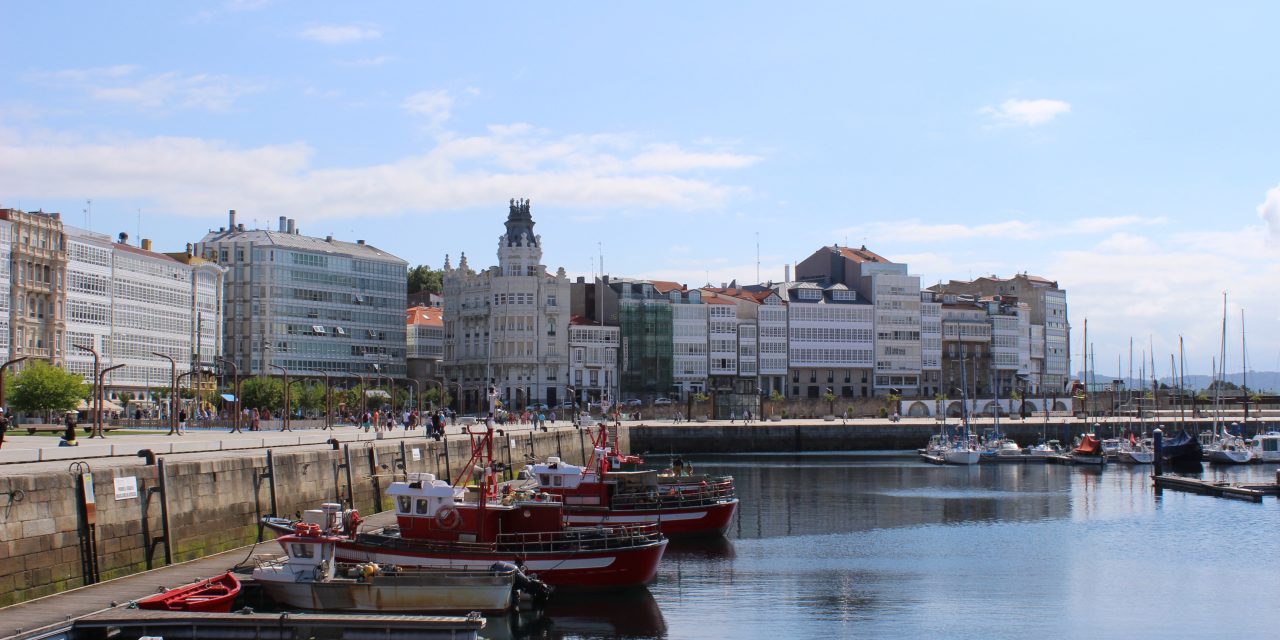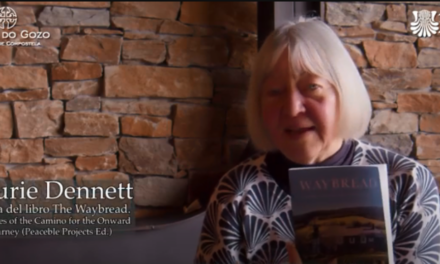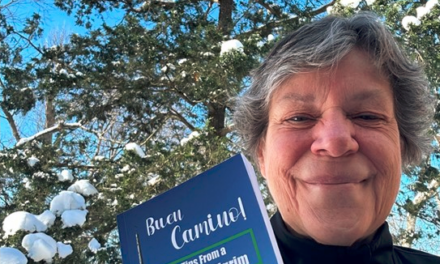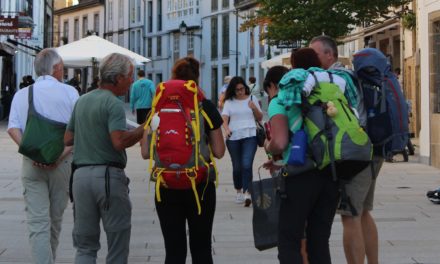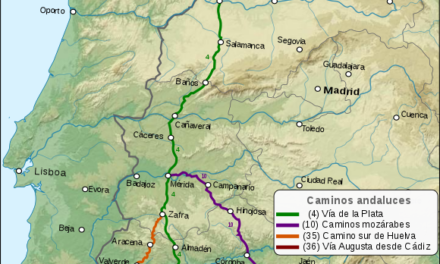The English Way takes its name from the fact that many Englishmen who in the past centuries made their pilgrimage to Santiago by sea, would mostly disembark in the ports of A Coruña or Ferrol and then continue on foot to the city of Compostela.
For this reason, it is a long journey for those who decide to start out by sea from another country, but a relatively short one when travelling by land:- 74 k from A Coruña and 112,5km from Ferrol-, and leaving from both cities the pilgrim will be eligible for the ‘Compostela’. Of course, the pilgrim who travels by bike or on horseback needs to travel 200km to be eligible for the document of the cathedral, and must therefore opt for another of the routes of the Camino de Santiago.
The brevity of the land route allows one to choose between leaving from A Coruña with its 3 stages, or from Ferrol in 4 or 5 stages. All of which makes the Camino Inglés a highly recommended route for those who have a only few days to do it or those who maybe do not wish to undertake a camino which is too demanding.
In addition, it is an option that not too many people choose and one which therefore allows the pilgrim who travels it to be with others and to experience this life in common with people of different nationalities and different walks of life, but, at the same time, it also has its own inner, spiritual dimension, so that one can enjoy silence and reflection if one wishes.
The natural origins of the two land routes are the ports of A Coruña and Ferrol, but because of the relative brevity of the route it has been deemed necessary to include a short visit to the town for those who wish to obtain the ‘Compostela’, and this means taking as one’s starting point the parish church of Santiago in A Coruña.
The two alternative routes, one from Ferrol and one from A Coruña, run separately until they meet up at the town of Bruma. From then on, there is just one single route 40 kilometers long as far as Santiago. From Ferrol, the distance to Bruma is usually traveled along 3 stages that run through Xubia, Fene, Cabanas, Pontedeume, Miño, Betanzos and Leiro; while the route from A Coruña reaches Bruma and the end of a single stage that crosses the towns of Cambre and Carral.
From Bruma the English Way is normally done in 2 stages- crossing the territory of Sigüeiro and entering Santiago through A Barciela.
Recently, associations of pilgrims from other countries have begun to recover land routes in their own countries would have taken the pilgrims to the ports of embarkation for Santiago de Compostela.
One of the pioneering projects is the one undertaken by the Confraternity of St. James of England (www.csj.org.uk), which has recovered and promoted land routes that departed from diferent English places -the abbey of Santiago in the town of Reading, the most important Jacobean cult center in this country; the priory of Finchale, etc.- to the main ports of the south.
But now also the Camino Society of Ireland (www.caminosociety.com) proposes various itineraries in its territory under the name of The Celtic Way, stages to walk through Mayo, Dublin, Kerry, Cork … with points historically linked to Santiago as the churches of St. James of Dublin and Dingle, and the possibility of embarking in different ports towards Galicia.

